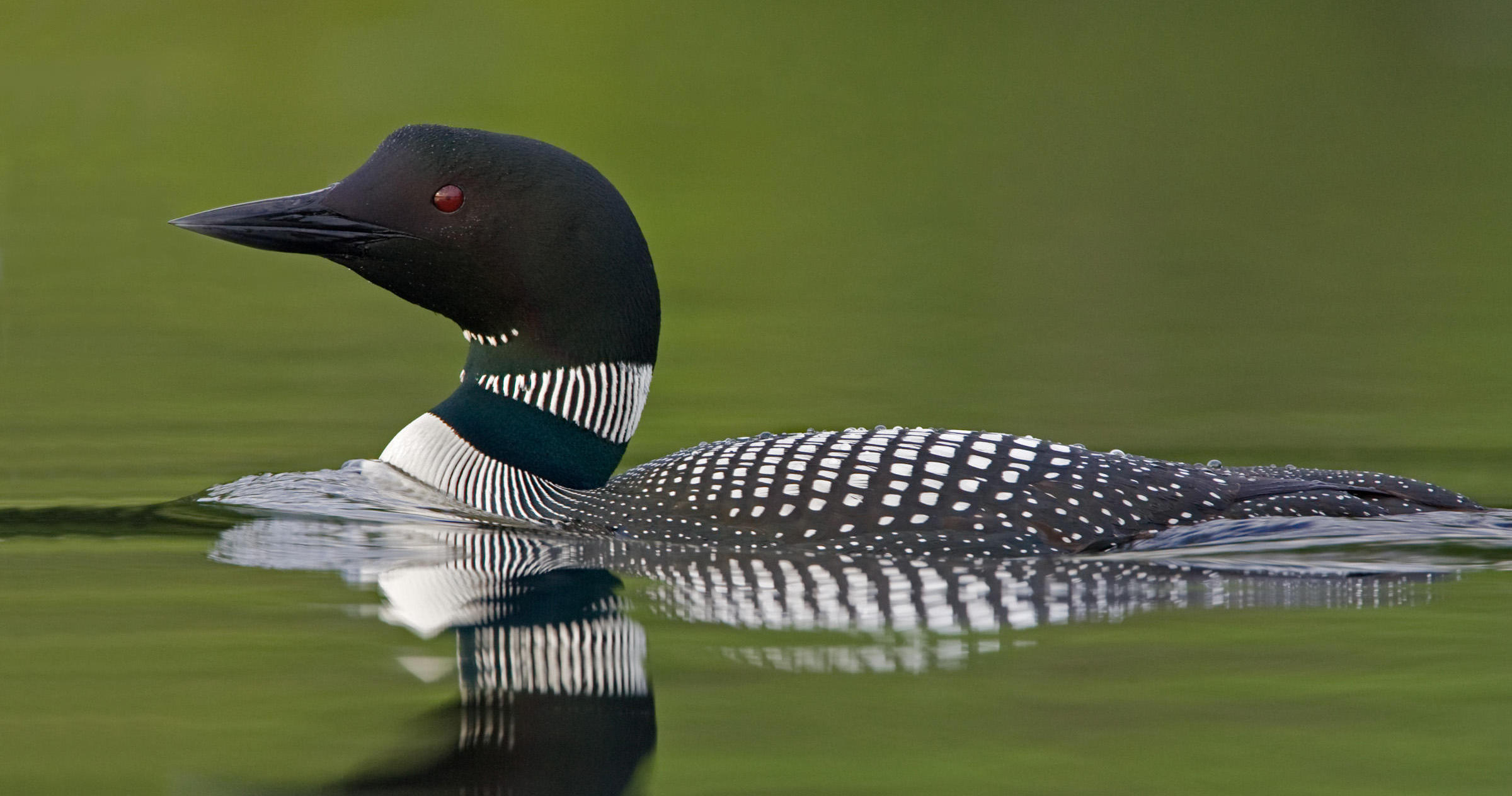Imagining Common Loon: Freshwater Ecology

Common Loon (absent), Brook Trout, Yellow Perch, Tape Grass, and Wild Celery
The Common Loon and the Brook Trout are two species that are hallmarks of the unique freshwater systems found in the Adirondacks. The Common Loon is known by many visitors to the area for their beautiful patterns and distinguishable call. However, the Common Loon is noted as being of “special concern” in New York State due to their declining numbers. Loons are very sensitive to human activity, only inhabiting remote ponds without disturbances by boats, development, and recreational activity. Brook trout, a freshwater fish that the loons rely on for food, has also been threatened by the introduction of non-native fish in the area, which have brought new diseases. Both species are also highly sensitive to acidification and pollution in their habitats. Efforts are currently ongoing to bring these two animals back to healthy populations within New York ecosystems.
My name is Claudia Buszta, and I am an Environmental Geography major. I am working this year with Professor Haughwout on the 6th E Street project to illustrate how different organisms relate to each other within their ecological communities. Our focus is on regional ecosystems in New York State, identifying how native species interact with human activity. These summaries are meant to accompany the visualizations of the ecologies within the tunnels.